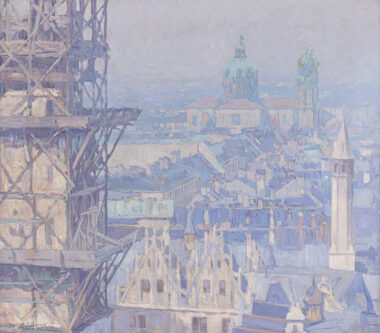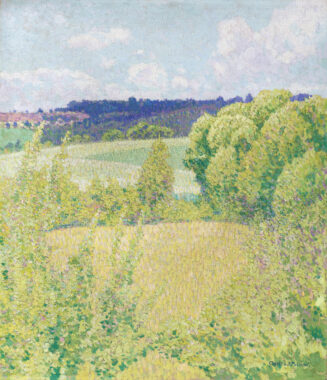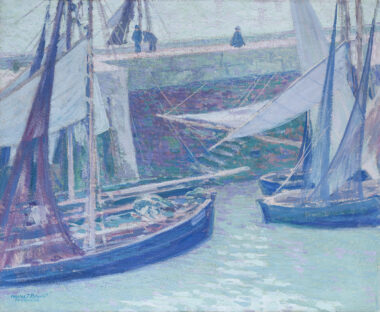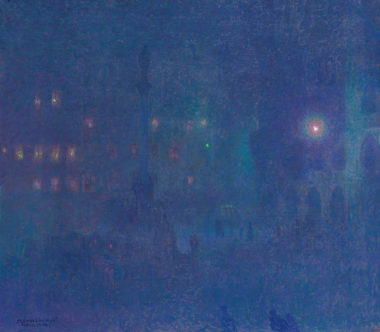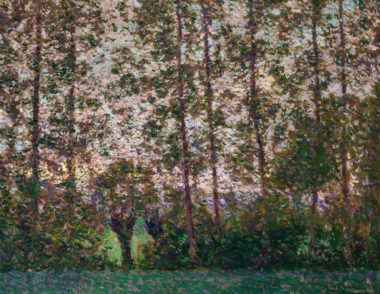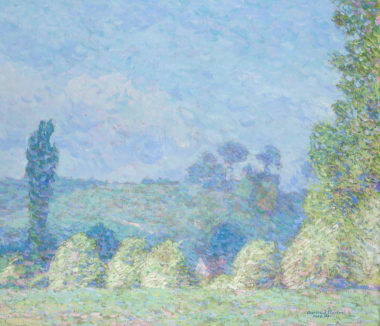Palmié, Charles Johann
Available Artworks
Sold Artworks
Biography
Charles Johann Palmié
1863 Aschersleben (Saxony-Anhalt) – 1911 Munich
Upon graduating from the Academy of Fine Arts in Dresden, Charles Johann Palmié moves to Munich in1884 to further his studies. He specialises in the field of landscape painting a subject which the academy still teaches according to the outdated principles established by Barbizon. However, during the 1890s, exhibitions organised by the secessionists of Munich introduce Palmié to a more open style of painting.
Palmié draws crucial inspiration for his artistic development from an exhibition of works by Claude Monet, staged in Munich in 1904. The exhibition is organised by none other than Russian-born Vasily Kandinsky, now a fellow Munich resident, whom Palmié has already met while summering in the countryside in 1903. It was not to be their final meeting.
Enraptured by Monet’s artworks, Palmié travels to France in 1905 and the following year succeeds in meeting the master himself in Giverny. During this time he also paints a series of landscapes. Palmié had previously travelled to Paris, Rouen and Normandy in the footsteps of the impressionists, a journey dedicated to exploring the methodologies of neo-impressionism, pointillism and single tone painting.
Upon his return to Munich Palmié becomes a regular at the salon of Marianne von Werefkin. Here he becomes friendly with the most important representatives of the southern-German expressionists and in 1909 co-founds the Neue Künstlervereinigung München (New Artists‘ Cooperative of Munich) which later gives wing to Der Blaue Reiter (The Blue Rider). However, Palmié soon abandons the group following a falling out with its chairman Kandinsky. Two years later, in his artistic prime, he is felled by a heart attack.
Palmié is one of the famous unknown of the Munich art scene preceding World War I, an environment awash with interesting and outlandish personalities. The body of work created during his travels through Germany, France, Austria, Switzerland and Italy post-1900, exhibit a strong flair for carefully balanced composition and vibrant use of colour, which is born of the principles of French neo-impressionism but not subject to its often heavily theoretical and abstract demands. Palmié’s painting is unmatched within the realm of German art on the threshold of the modern age.
PDF Download